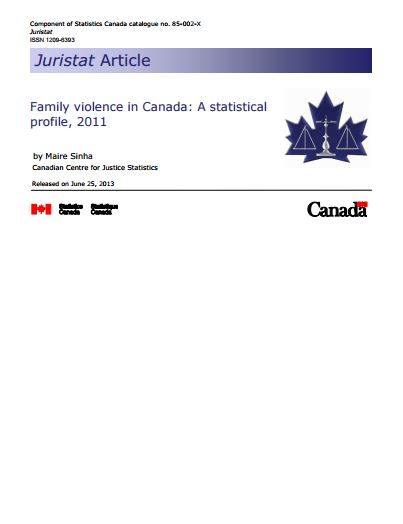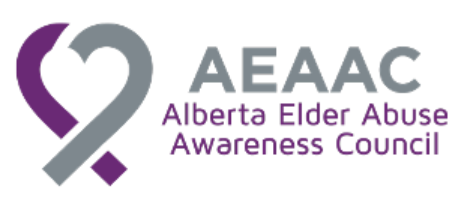
Using police-reported data from the Uniform Crime Reporting (UCR) Survey, this section [section 5 of the report] will present information on the nature and extent of family violence against seniors. It will examine the prevalence of family violence against seniors at the national, provincial/territorial and census metropolitan area levels. In addition, this section will explore the characteristics of family violence against seniors, presenting information on the most common types of violence experienced, the use of weapons, injuries sustained and how these incidents are cleared by police. Finally, this section will conclude with a discussion of homicide, the most serious form of family violence against seniors."
Source: Statistics Canada

















